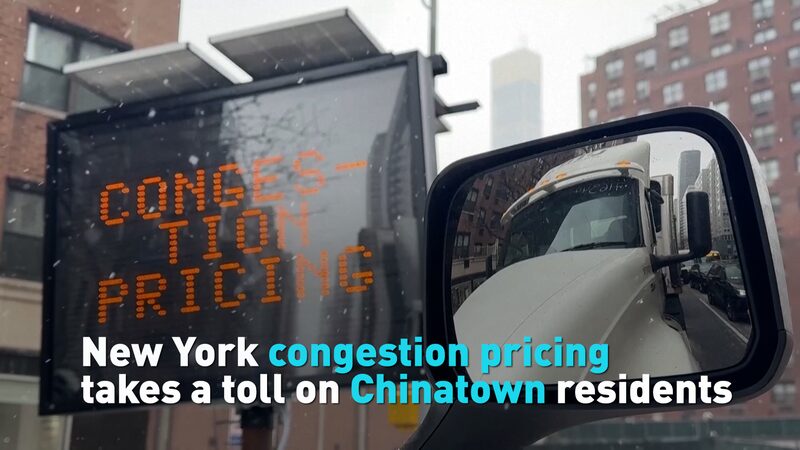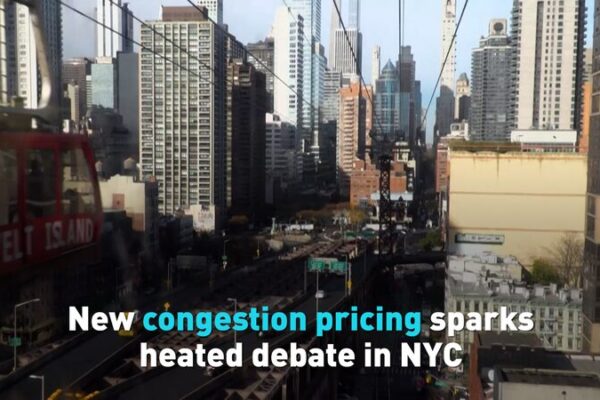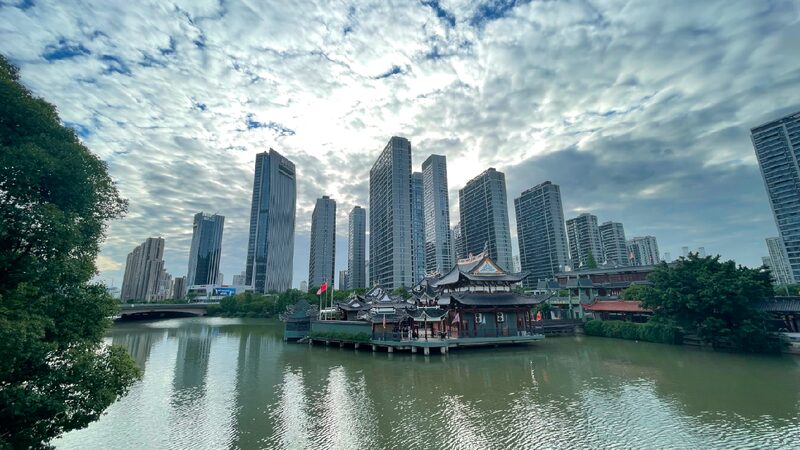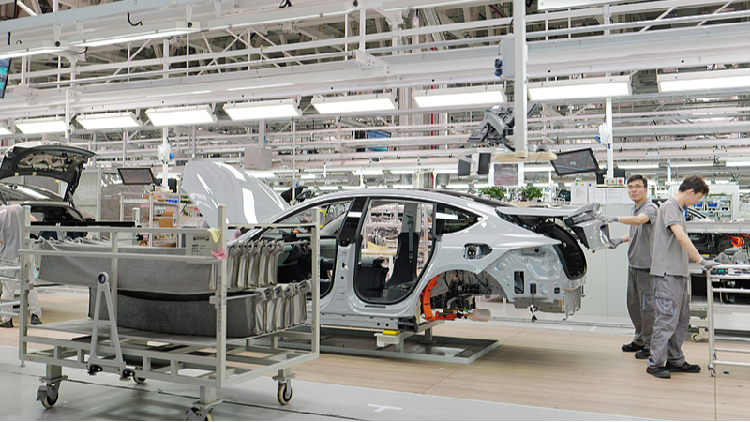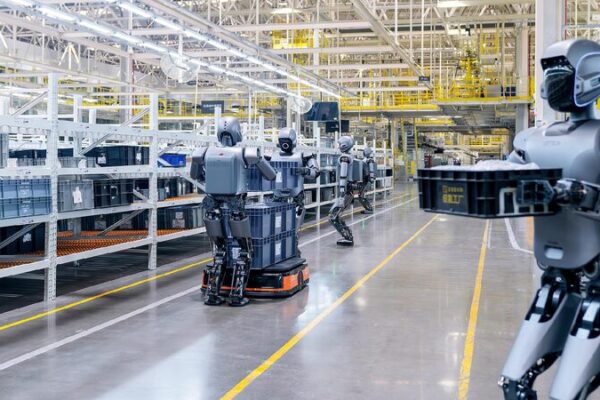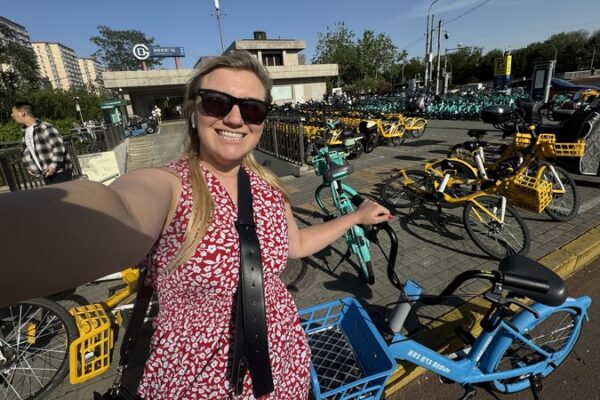After nearly two decades of debate, New York City has implemented a controversial congestion pricing toll aimed at reducing traffic in the bustling metropolis. The new $9 peak-period fee targets private passenger vehicles entering the city’s designated Central Business District. Commercial vehicles face even steeper charges—up to almost $22—and taxis and ride-hailing services aren’t spared either.
While the initiative aims to ease traffic congestion and reduce emissions, it’s already making waves in the city’s vibrant Chinatown community. Many residents and business owners in Chinatown rely heavily on vehicular traffic for commerce and daily life. The added cost has raised concerns about economic strain on local businesses and accessibility for residents.
“This toll is hitting us hard,” says Ming Li, a local shop owner. “Our customers are thinking twice before driving into the area, and deliveries are becoming more expensive. It’s affecting our livelihood.”
Supporters of the toll argue that it will ultimately benefit the city by decreasing traffic, improving air quality, and generating revenue for public transportation improvements. However, critics worry that communities like Chinatown will bear the brunt of the policy’s negative impacts.
The coming months will be crucial in assessing the toll’s effectiveness in reducing congestion versus its economic repercussions on neighborhoods like Chinatown. As the city moves forward, the voices of its diverse communities will play a vital role in shaping adjustments to the policy.
Reference(s):
New York congestion pricing takes a toll on some Chinatown residents
cgtn.com
